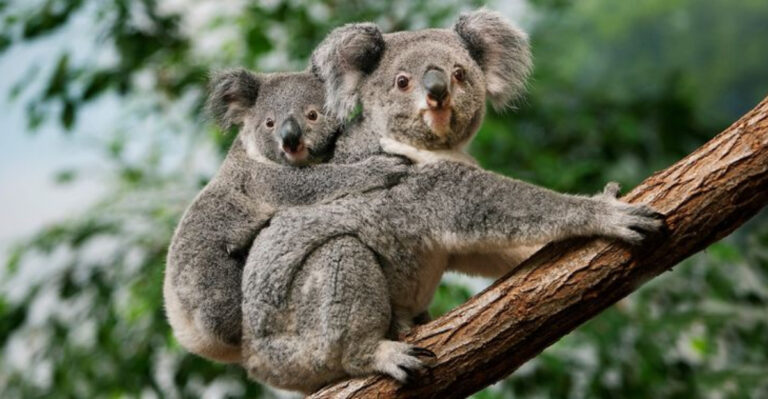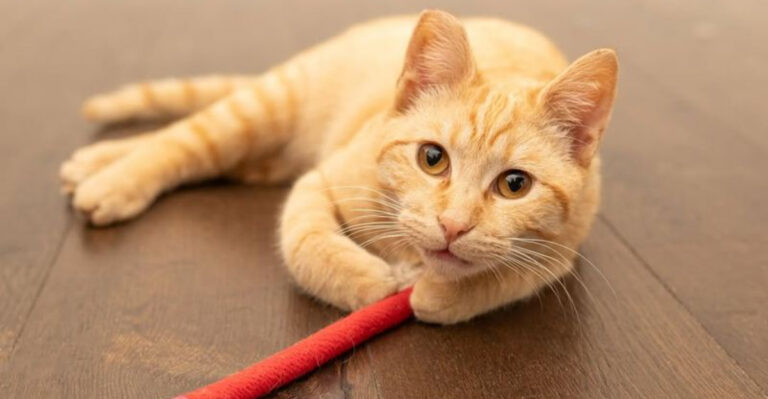Groundhog Vs Gopher: 12 Key Differences You Need To Know About

Ever spotted a small furry creature in your yard and wondered if it was a groundhog or a gopher?
These two rodents often get mixed up because they look similar at first glance. Both tunnel underground and can wreak havoc on gardens, but they’re actually quite different animals.
Understanding these differences can help you identify which critter is visiting your property and how to deal with them effectively.
1. Size Matters
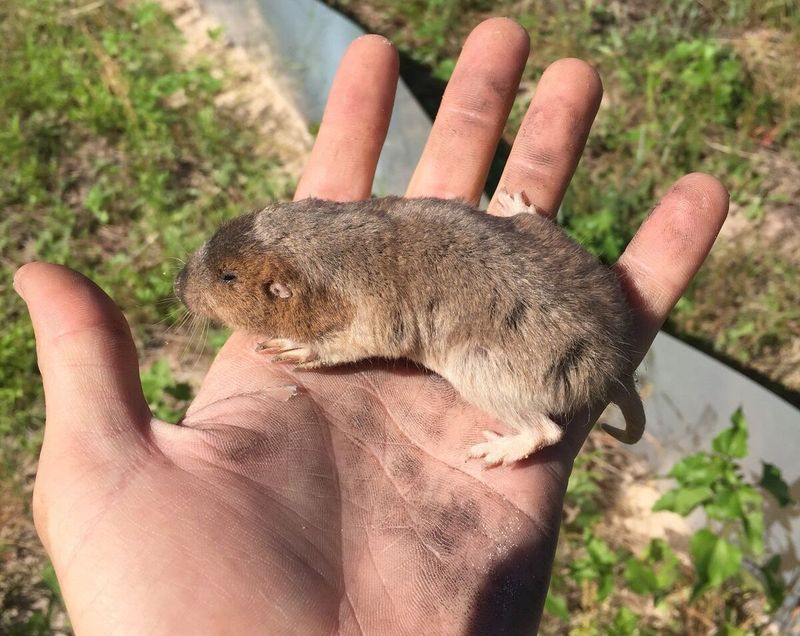
Groundhogs are the heavyweight champions of the burrowing world. These chunky rodents typically weigh between 5-15 pounds and can stretch up to 2 feet long. Their substantial size earned them the nickname ‘whistle pig’ because they’re as plump as little pigs!
Gophers, on the other hand, are much smaller contenders. Most pocket gophers barely tip the scales at 1-2 pounds and measure only 6-10 inches in length. This dramatic size difference is usually the most obvious clue when trying to identify which critter has moved into your yard.
2. Tail Tales
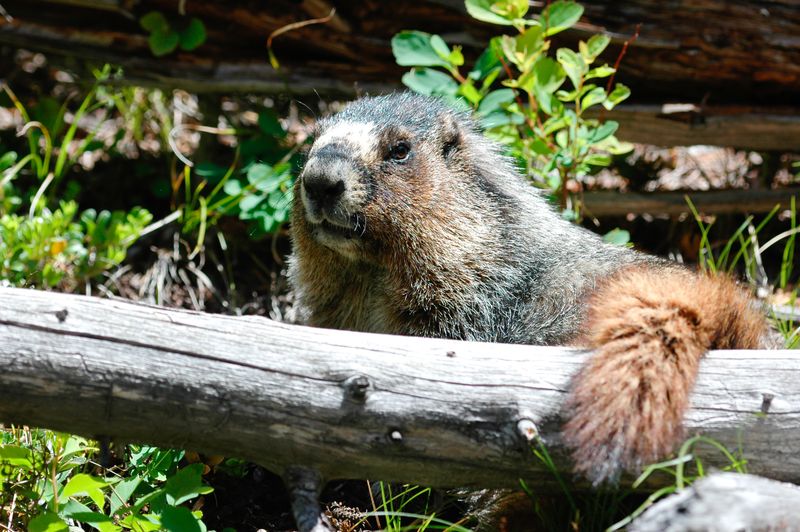
A groundhog’s tail is one of its most distinctive features. These rodents sport a bushy, furry tail that’s usually dark in color and measures about 4-7 inches long. When alarmed, they might raise this tail as they scurry away to their burrows.
Gophers have nearly naked tails that are short, pink, and relatively hairless. Their tails are also highly sensitive and serve as a sort of ‘rear antenna’ as they navigate backward through their tunnel systems. Most gopher tails measure only 1-3 inches long, making them proportionally much shorter than groundhog tails.
3. Cheek Pouches
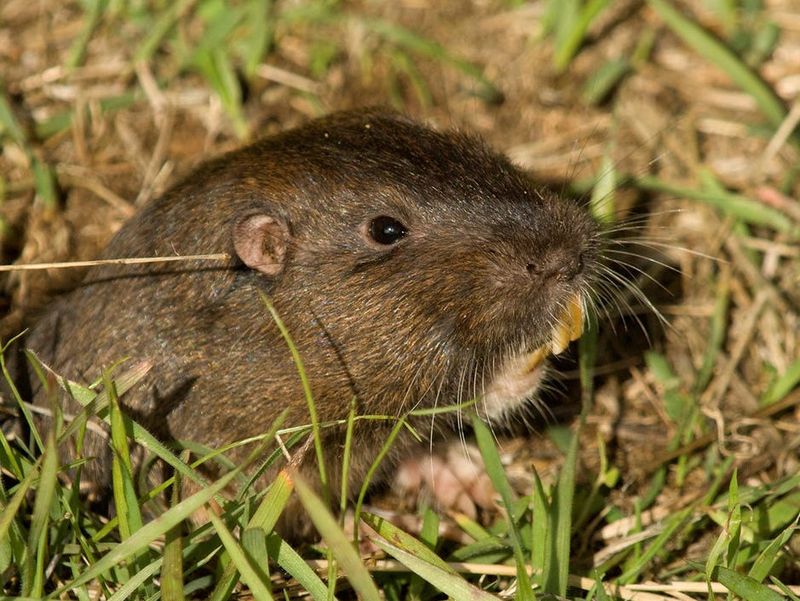
Gophers come equipped with special storage compartments! Their most distinctive feature is their fur-lined external cheek pouches, which extend from their mouths to their shoulders. These amazing pouches can be turned inside out for cleaning and are used to transport food and nesting materials.
Groundhogs lack these specialized pouches entirely. When they gather food, they either eat it on the spot or carry it in their mouths. This fundamental difference reflects their different foraging strategies – gophers collect and store, while groundhogs tend to eat what they find or fatten up for hibernation.
4. Teeth And Feeding Habits

Gophers have uniquely adapted front teeth that set them apart. Their incisors are exposed even when their lips are closed, allowing them to dig with their teeth while keeping soil out of their mouths. These specialized chompers make them efficient tunneling machines!
Groundhogs have more typical rodent teeth that remain hidden behind their lips when their mouths are closed. Their dental structure reflects their different diet – groundhogs are primarily herbivores that graze on vegetation above ground, munching on grasses, clover, and garden vegetables when they can get them.
5. Hibernation Habits
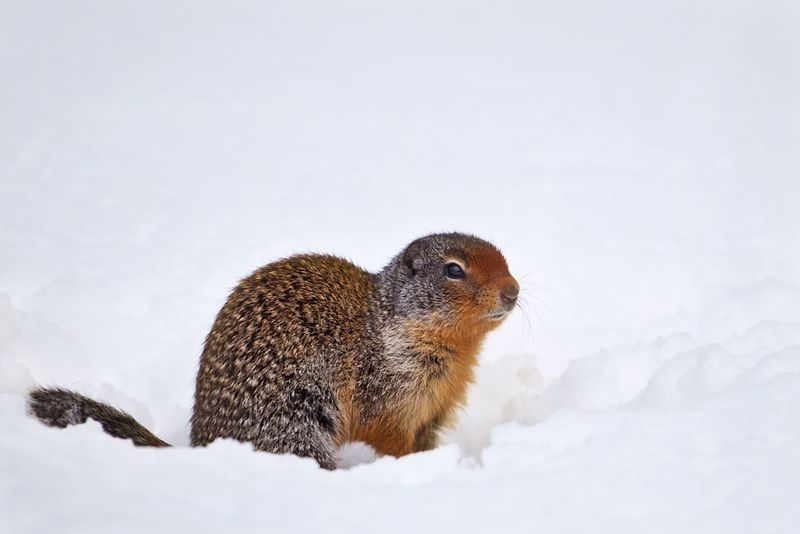
Groundhogs are true hibernators, earning their famous role on Groundhog Day. Each fall, they retreat to special winter burrows below the frost line where they enter a deep hibernation state. Their body temperature drops dramatically, heart rate slows to just a few beats per minute, and breathing becomes barely detectable.
Gophers don’t hibernate at all! These industrious little diggers remain active year-round, continuing to tunnel and forage even during winter months. They simply dig deeper when temperatures drop and will store food in underground chambers to sustain themselves when venturing out becomes difficult.
6. Social Structure

Groundhogs are the introverts of the burrowing world. These independent creatures prefer a solitary lifestyle, with each adult maintaining its own burrow system. They only really seek out company during their brief mating season in early spring, after emerging from hibernation.
Gophers take social distancing to another level! These highly territorial loners actively avoid other gophers except for breeding. A single gopher can create an elaborate tunnel system spanning up to 2,000 square feet. They’re so antisocial that they’ll even plug tunnels to prevent other gophers from entering their domain.
7. Burrow Design
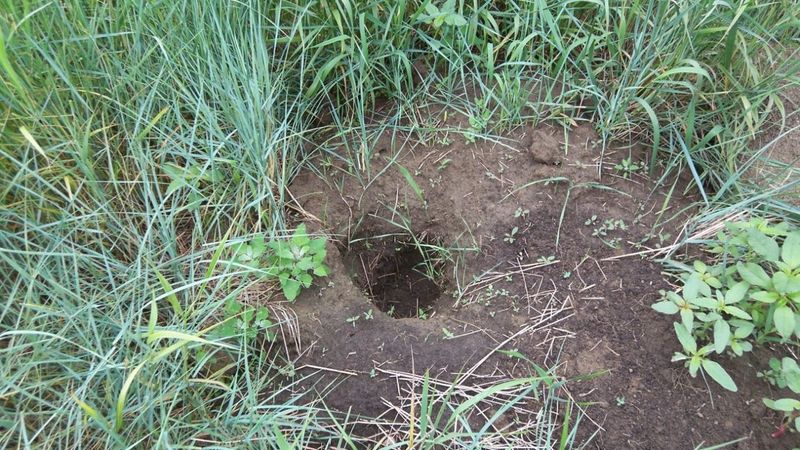
Groundhog burrows are architectural marvels with a specific layout. They typically feature 2-5 entrance holes, a main tunnel about 4-5 feet deep, and multiple chambers for different purposes. The most important rooms include a sleeping chamber, nursery, and bathroom area!
Gopher tunnels are more complex engineering feats. Their systems consist of main tunnels that run 6-12 inches below the surface, with deeper chambers for nesting and food storage. Unlike groundhogs, gophers create special mounds with plugged holes to keep predators guessing about their actual location.
8. Surface Activity

Groundhogs are surprisingly comfortable in the daylight. These bold rodents spend significant time above ground, especially during morning and evening hours. You might spot them standing upright like sentinels, soaking up sunshine, or munching on garden goodies with seemingly little concern for nearby humans.
Gophers are the mysterious neighbors you rarely see. These secretive creatures spend about 90% of their lives underground in their tunnel systems. When they do venture out, it’s usually just to pull plants into their tunnels or to quickly move to a new location, making actual gopher sightings quite rare.
9. Geographic Range
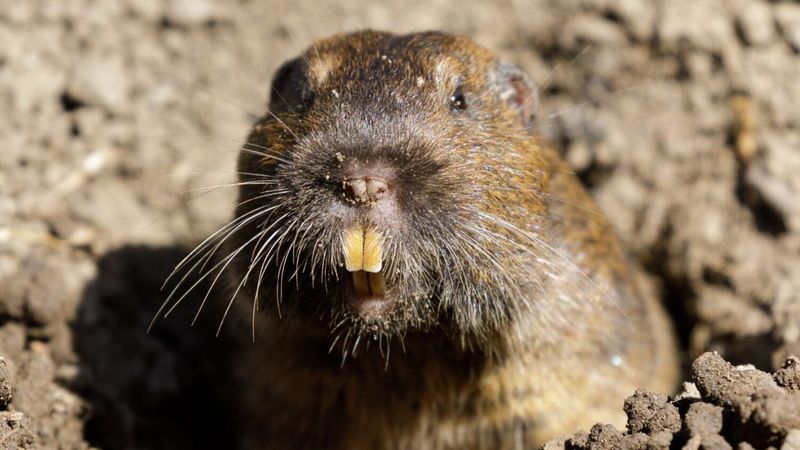
Groundhogs are distinctly North American residents with a preference for the eastern and central United States and parts of Alaska and Canada. They thrive in the border areas between woodlands and open spaces, making suburban neighborhoods and agricultural areas prime real estate for these chunky diggers.
Gophers have a much wider distribution across the Americas. Different pocket gopher species can be found from Canada all the way down to Central America. They prefer areas with loose, sandy soil that’s easy to tunnel through, making western and southern regions of North America particularly popular gopher territory.
10. Breeding And Babies
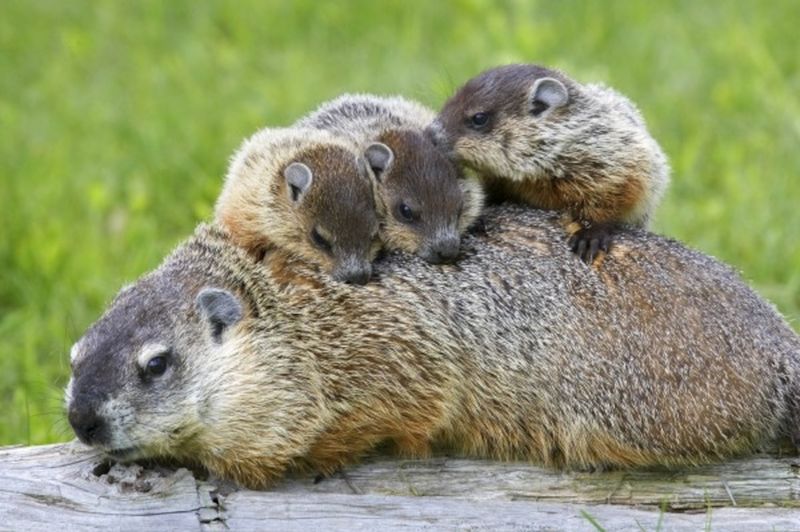
Groundhog mamas are dedicated but efficient parents. After a 30-32 day pregnancy, they give birth to a single litter of 2-6 pups each spring. The babies develop quickly, nursing for about 5-6 weeks before venturing out of the burrow to learn foraging skills.
Gopher mothers are reproductive powerhouses! Depending on the species and region, they can produce 1-3 litters annually, each with 1-10 young. Their babies develop even faster than groundhog pups, becoming independent after just 5 weeks. This rapid reproduction rate explains why gopher problems can multiply so quickly in gardens and farms.
11. Diet Differences
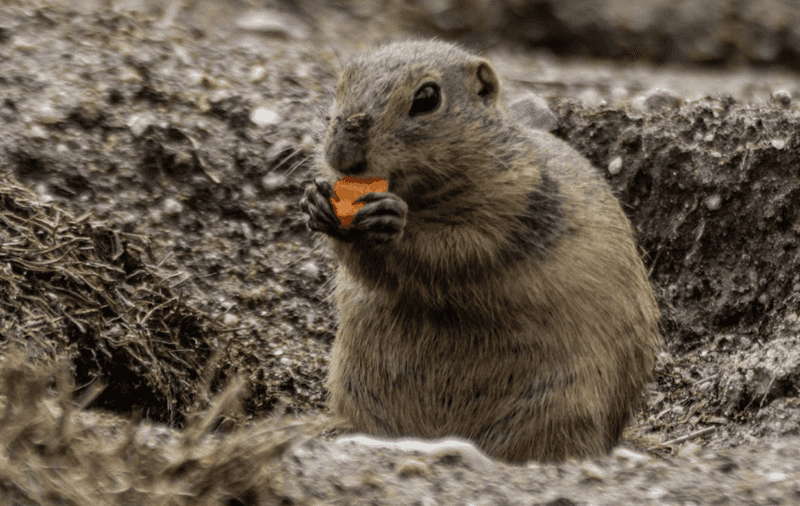
Groundhogs are vegetarian food enthusiasts with broad tastes. Their diet consists mainly of grasses, clover, and wildflowers, but they’ll happily munch on garden vegetables when available. A hungry groundhog can devour a garden row of tender plants in short order, making them the bane of many gardeners.
Gophers have a more specialized menu that focuses on roots and tubers. They feed primarily on underground plant parts, pulling plants down into their tunnels from below. This root-focused diet makes them particularly destructive to gardens, as they can kill plants by completely removing their root systems without ever being seen above ground.
12. Cultural Significance
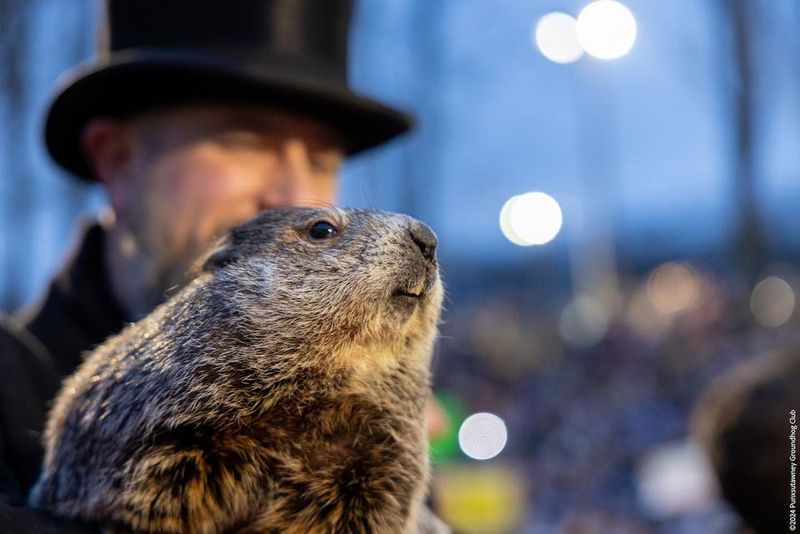
Groundhogs enjoy celebrity status in American culture! Popularized by Groundhog Day celebrations on February 2nd, these rodents are the only ones with their own holiday. The tradition centers around whether a groundhog sees its shadow, supposedly predicting either six more weeks of winter or an early spring.
Gophers lack this cultural spotlight but have made their mark in other ways. They’ve starred in movies like Caddyshack, where they’re portrayed as clever adversaries. In farming communities, gophers are more often viewed as significant agricultural pests rather than weather prognosticators or amusing characters.



